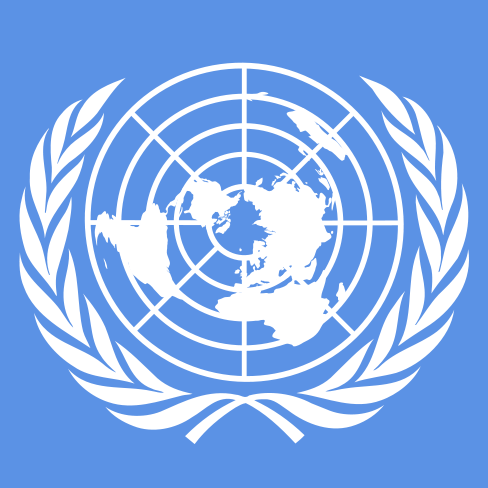Improving Communication, Seeking Diplomacy: Old Dominion University Model United Nations Conference

March 14, 2016
Valentine’s Day weekend wasn’t filled with dinner dates and displays of affection for everyone; for a select group of Global students, the plan was to represent Leonardtown High at Old Dominion University (ODU) to compete with 48 other schools in the annual Model United Nations (MUN) conference. At this 39th iteration of the ODUMUN conference, our school won the secretary general’s award and, for the ninth time, the secretary general’s award for the most outstanding delegation, the top award for the entire conference. But, what is MUN, how difficult is it, who is involved and what goes into attending?
So what is Model United Nations? Basically put: at this conference, high school students are tasked with representing their respective countries and working in conjunction with others, in the name of diplomacy, to achieve a resolution. Through several hours of debate and negotiation, students create working papers that, if passed, become a final resolution. At this conference, delegations made up of two students represent a country and their stances on various topics. There are a variety of committees in the United Nations, and this is reflected within MUN. These include committees that discuss economics, human rights and security, among other issues.
Model United Nations isn’t all fun and games, however. Not all countries are going to agree on every issue, which is why diplomacy can be a long and deliberative task the majority of the time. Debate will be broken down into several sessions that may be anywhere from two to six hours.
Leonardtown High School has had the privilege to attend this conference each year thanks to our global diplomacy teacher, Mr. Denny. Students in Global International Studies (GIS) as well as students in Global Diplomacy both have the opportunity to take part in this event as a hands-on, real experience in the functioning of international relations. Not only is this a very exciting school activity, but a unique one, one that allows students to understand and put themselves in the shoes of international negotiators.
Our recognition and success at this conference did not come easy; students spent months preparing for this large-scale simulation. In November, students will choose both their country and conference while beginning to learn what their research topics are. From that point until mid-February, students will dive further into their topics in pursuit of their country’s positions.
Overall, the Model United Nations program is a wonderful opportunity for young people to get firsthand experience on how countries work to maintain peace. You could even see some of these students joining the United Nations as a real member someday, sharing in and aiding with the peacekeeping process of the international community. It all could have begun with the experiences they had in their global classes.



